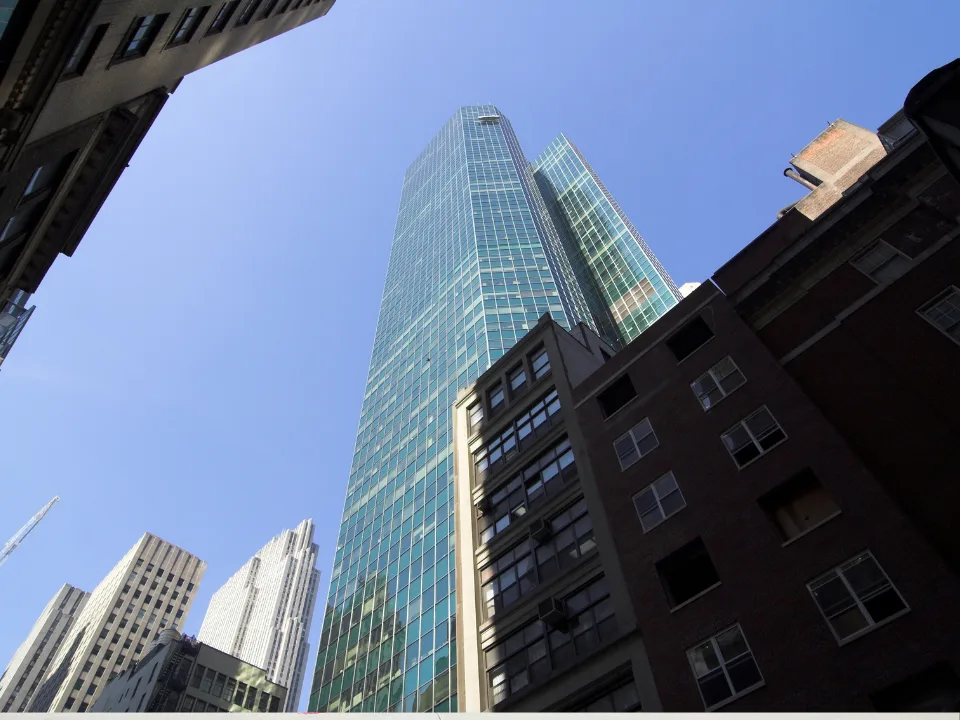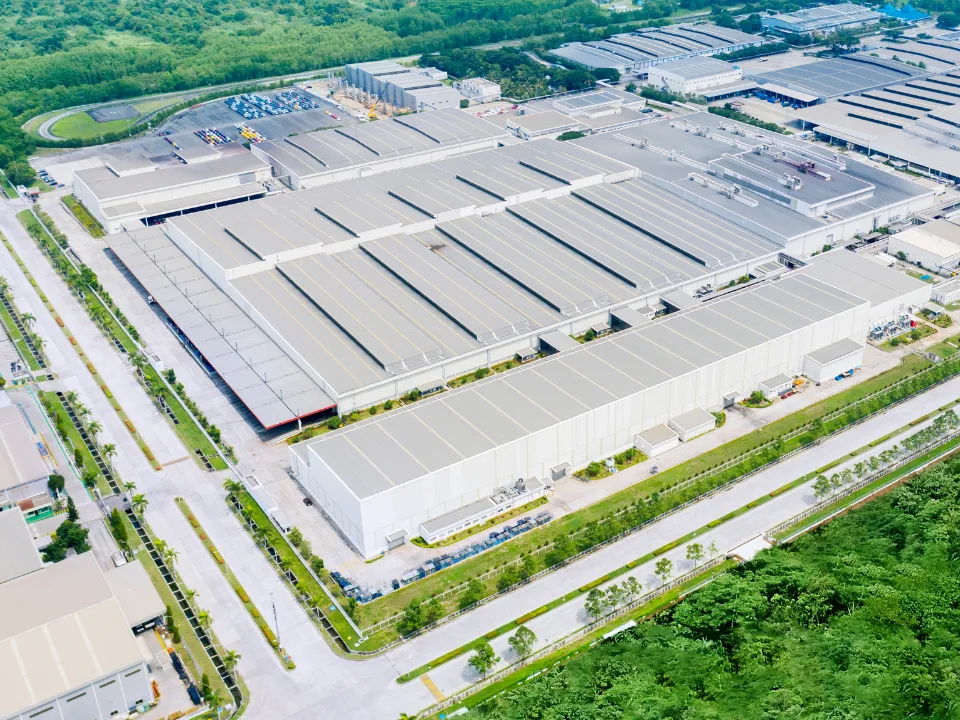- CRE loan originations increased from $3.5B in Q1 to $3.9B in Q2, but overall activity remains 58% below pre-pandemic levels.
- Overall, CRE delinquency rates rose to 2.01%, with the office sector experiencing the highest delinquency rate at 7.2%.
- All major property types saw occupancy declines, with the industrial sector seeing the largest drop, from 94.3% in 2019 to 85.2% in 2024.
Bank-held commercial real estate loans showed modest improvement in Q2, with total origination volumes rising from $3.5B in Q1 to $3.9B, as reported by GlobeSt.
Yet CRE lending remains subdued compared to pre-pandemic baselines, as lenders and investors are still cautious in the face of high interest rates and tighter lending standards, according to Trepp’s latest analysis.
Zooming Out
The overall origination rate for bank-held CRE loans is still 58% lower than the 2019 pre-pandemic average, with certain property types seeing even sharper drops.
Retail loans took the biggest hit (-78%), followed by office (-65%), multifamily (-61%), industrial (-52%), and lodging (-39%).
These declines highlight ongoing challenges in key CRE sectors, particularly retail and office, which are struggling due to structural changes in market demand, such as the ongoing shift to remote work and a preference for e-commerce.
By The Numbers
Office properties continue to lead in net charge-offs, despite a slight improvement, with the rate falling from 2.50% in Q1 to 2.25% in Q2. Lodging remains the second-highest category at around 1%, while retail, multifamily, and industrial show significantly lower charge-off rates.
Overall delinquencies rose in Q2 to 2.01%, up from 1.83% in Q1. Serious delinquencies—loans not current on payments—also climbed from 1.57% to 1.75%. Office delinquencies were the highest at 7.2%, underscoring ongoing difficulties in the sector.
Falling occupancy rates were also observed across all major property types. Retail saw the smallest drop, slipping from 93% in 2019 to 89.8% in Q2, while multifamily fell from 96.3% to 91.9%. The office sector saw a steep decline, falling to 79.9% from 89.5%. Surprisingly, the industrial sector suffered the largest drop, with occupancy rates plummeting from 94.3% to 85.2%.
Under Scrutiny
Criticized loans—those with a higher risk of default—varied significantly by market and property type.
San Francisco led the nation, with 61% of its office loans classified as criticized, followed by Washington, D.C. (53%), New York City (48%), Atlanta (43%), Dallas (41%), and Chicago (40%).
The high percentage of criticized office loans in these major markets reflects the broader struggles in the office sector, which has yet to recover from pandemic-induced shifts in work patterns.
















